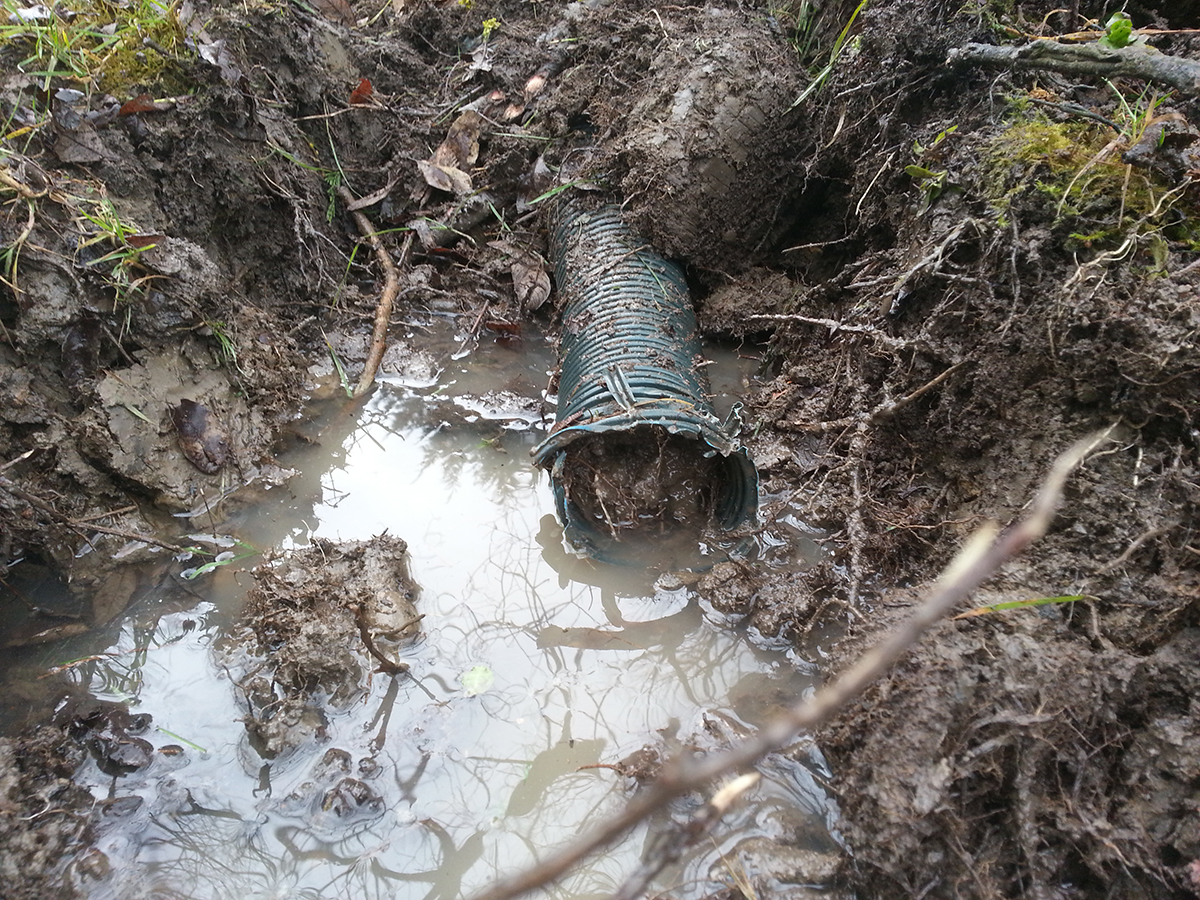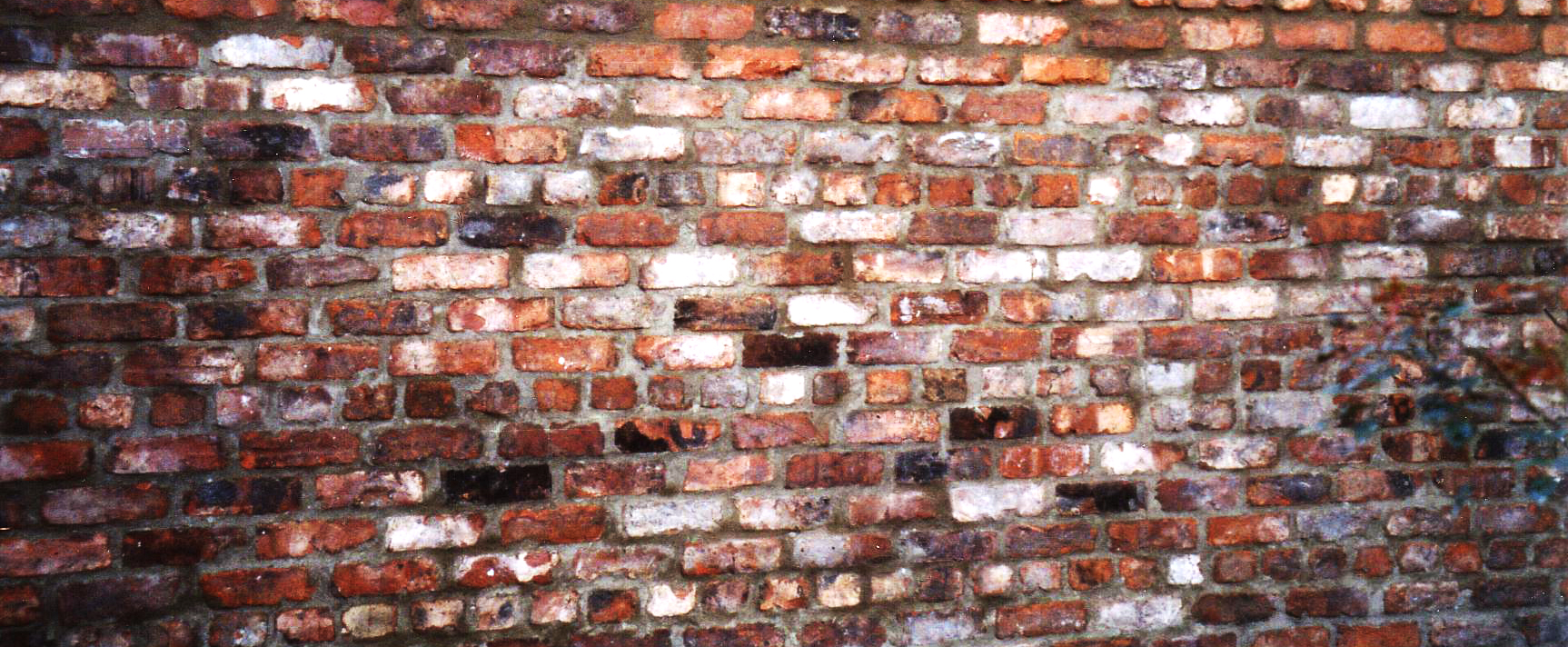-
Is lime poisonous to Rhododendrons?
The pH confusion People get terribly worried about lime near Rhododendrons, to the extent that some people insist that you should never water ericaceous plants with hard water. The problem is the whole soil pH thing courses all sorts of confusion. So let’s ignore all that’s been said before and start from the very beginning.…
-
Ericaceous
This is a catch all term for plants which need acidic soil to grow in.
-
Botanical Latin
Botanist quickly found Latin lacked words they needed to describe the parts of a plant, the Romans having never seen any need to do such things, so they modified the language for their own needs. The school Latin you may have learnt has evolved considerably since the Romans; to the point a Roman would hardly…
-
To drain or not to drain that is the question.

When faced with an area of waterlogged garden the solution put forward is always to put a drain in, as if digging a trench and putting in a length of perforated pipe will magically make the problem go away. If only life was so easy. If you are going to drain a piece of ground…
-
Soil
What soil is should at first sight be pretty self evident but to a soil scientist, yes there is such a person (they study soil), soil is a very complex thing. The problem is we all tend to overlook soil; it’s that muddy stuff in the garden. It is though a complex and delicate ecosystem…
-
Brick
A small regular building unit traditionally made from fired clay but occasionally concrete. They have been used for thousand of years in various sizes and still are available in a range of sizes; with different standard sizes in different countries. In addition to the normal cuboid shape bricks are also many other shapes available for…
-
STRI
This stands for the Sports Turf Research institute, though it now goes by the name STRI, which are based at Bingley in West Yorkshire. It was established in 1929 by the golf clubs to provide them with a research and advice service. By 1950 it had established itself an enviable reputation and had extended it…
-
Brick wall thickness

The convention for describing the thickness of a wall is relative to the length of a brick so goes like this. It may seem counterintuitive, and often causes confusion, but as its long established deviating from it will lead to even greater confusion. A ½ brick wall which was sometimes called a 4 inch wall…
-
Brickwork
This is anything constructed from bricks which are normally fired clay, yes we are really still building from mud! The small size of the individual bricks makes brickwork and incredibly flexible building material to make garden structures out of. A few points to note: The thickness of a brick wall is described relative to the…
-
Bond
This is a pattern that tied individual components together both structurally and visually and comes in a variety of styles including stretcher, Flemish, English, English Garden Wall, Herringbone and Random.




